‘Little Athens’ on the Tuscan Coast
The town of Pietrasanta on the Versilia coast is a personal favourite of mine and it’s all thanks to my sister Toni, who first moved there in 1998, making it her home for the next 15 years. I would travel there as often as possible to enjoy the Summer months in this gorgeous town and its nearby beach clubs. The town has changed a lot in the last twenty years, mainly due to increased tourism as more people have discovered this Tuscan jewel. Not to be confused with Marina di Pietrasanta which is the neighboring town on the water’s edge, Pietrasanta is the historical center and lies about 3km inland on the last foothills of the Apuan Alps. The town has always been popular for sculptors and painters and has become a gathering place for artists from all over the world, mostly due to it’s location so close to the marble quarries of Carrara. As you walk around the town, you can admire contemporary art and sculpture artworks in the many galleries scattered along the streets and there is usually a major exhibtion taking place in the main Piazza Duomo.
Pietrasanta holds a gorgeous Antique market the first Sunday of every month that is definitely worth a visit while ‘market-day’ is Thursdays. I love wandering around the streets that surround the center admiring the gorgeous boutiques but remember that most of them follow the traditional trading hours and close from 1pm – 4pm and then close again at 8pm. During the Summer months however, the shops open in the evening until around midnight. There are also some great bars perfect for people-watching while enjoying an aperitivo. While this city is a fascinating place to visit any time of the year, in Summer it really comes alive, particularly in the evenings. It’s the perfect place for the family as well as our kids have always loved riding their bikes in the car-free piazza allowing us to relax over our morning cappuccino or evening Spritz!
The nearby Apuan Alps will remind you of the ancient roots tied to marble working (and later bronze), a centuries-old tradition in this city.
The city has earned itself the nickname ‘Piccolo Attena’ / ‘Little Athens’ thanks to the concentration of artists that have decided to settle down here over the years, one of the most well-known being Fernando Botero.
You can’t help but admire the church that overlooks the beautiful Piazza Duomo. The Cathedral of San Martino, conserves prestigious artworks and its stunning bell-tower, conceals a fascinating twisting staircase that runs from top to bottom. In the same Piazza Duomo you can find the deconsecrated church of Sant’Agostino, which has a magnificent cloister and Baroque bell tower as well a sculpture of the Annunciation by renowned artist Mitoraj. In the upper left corner of the piazza is the Teatro Comunale which is a working cinema that shows the latest movies.
[URIS id=7502]
HISTORY
The medieval town was founded in 1255 upon the pre-existing “Rocca di Sala” fortress of the Lombards by Luca Guiscardo da Pietrasanta, from whom it got its name. At its height, Pietrasanta was a part of the Republic of Genoa (1316–1328). The town is first mentioned in 1331 in records of Genoa, when it became a part of Lucca along with the river port of Motrone, and was held until 1430. At that time it passed back to Genoa until 1484, when it was annexed to the Medici held seigniory of Florence.
In 1494, Charles VIII of France took control of the town. It remained a Luccan town again until Pope Leo X, a member of the Medici family, gave Pietrasanta back to his family.
The town then suffered a long period of decline during the 17th and 18th centuries, partially due to malaria. Then In 1841, Grand Duke Leopold II of Tuscany promoted several reconstruction projects (including the building of schools specially created to teach carving skills, and the reopening
of the once famous quarries).
The town then became the capital of the Capitanato di Pietrasanta, which included the towns of Forte dei Marmi, Seravezza and Stazzema (this region became the historical heart of Versilia). The town joined the newly unified Italian Kingdom in 1861.
The area, like most of Tuscany in general, has long enjoyed the patronage of artists and Michelangelo himself was the first sculptor to recognize the beauty of the local stone. Mainly due to its connection with marble, Pietrasanta grew to importance during the 15th century.
As you look up towards the mountains from the Piazza del Duomo, you can admire part of the original Roman wall which still exists today.
Did You Know?
- Chilean writer, Luis Sepulveda is an honorary citizen of Pietrasanta. So too is Igor Mitoraj, the famous polish sculptor who set-up his marble studio in Pietrasanta in 1983 and who sadly passed away in 2014.
- The Mexican film Director Alfonso Cuaron, 2014 Oscar winner for Gravity and director of Harry Potter and the Prisoner of Azkaban, lives in Pietrasanta with his family.
- The Italian Actress and Hollywood star Gina Lollobrigida, sex symbol during the 60s, lives in Pietrasanta.
- Fernando Botero, the famous Colombian artist and sculptor fell in love with Pietrasanta and bought a house here that he uses to spend a few months each year here.
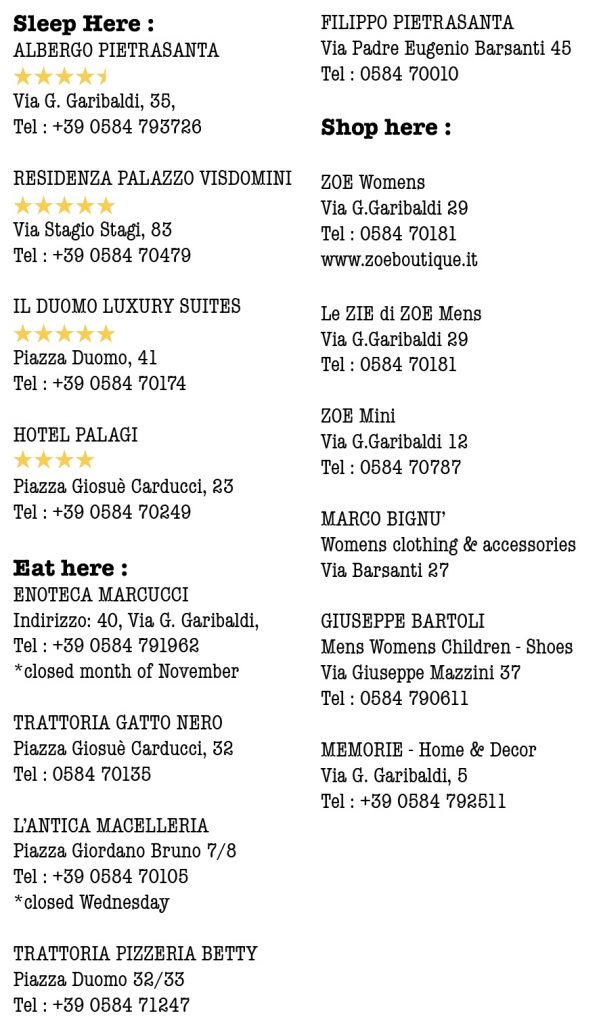
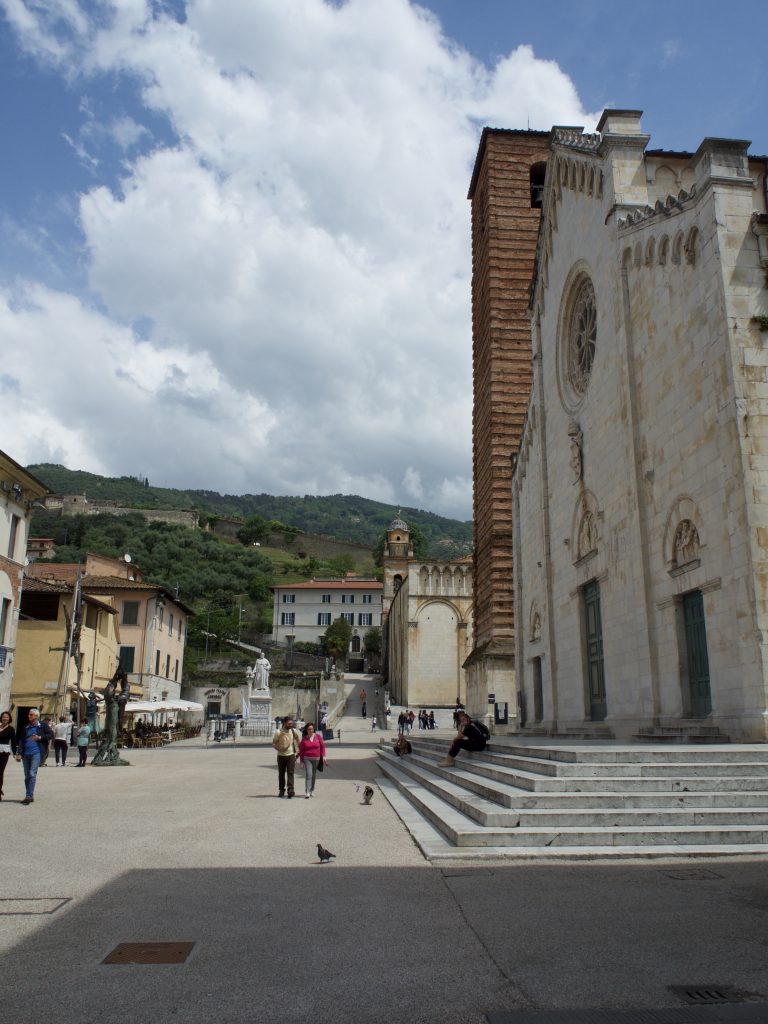
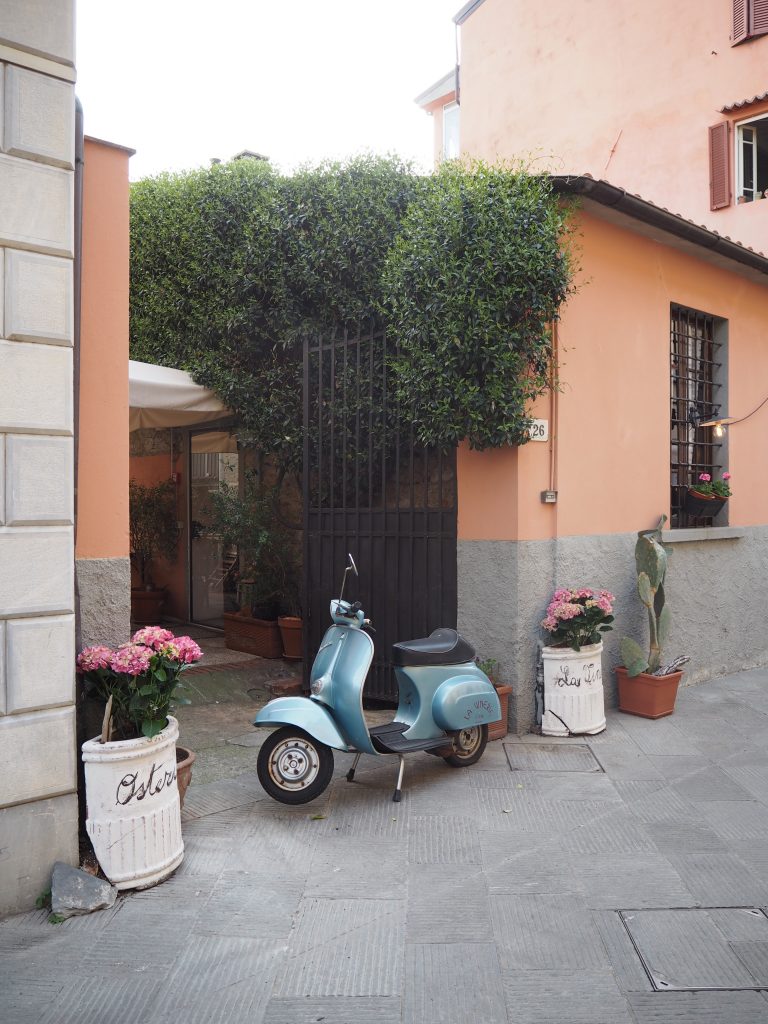
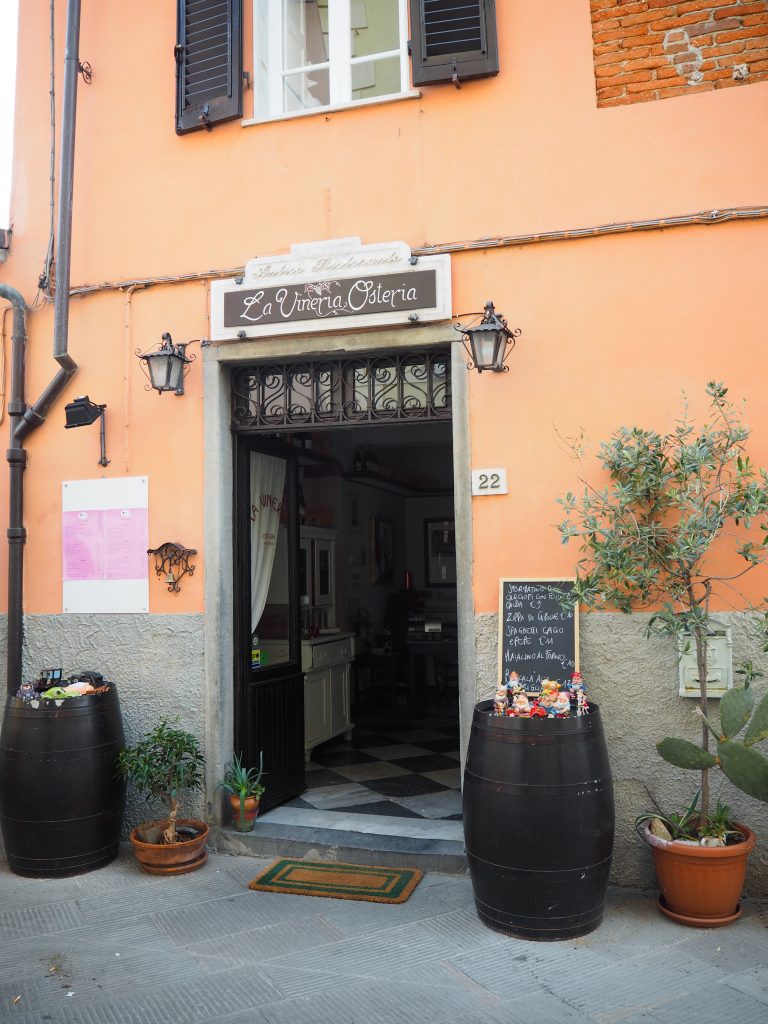
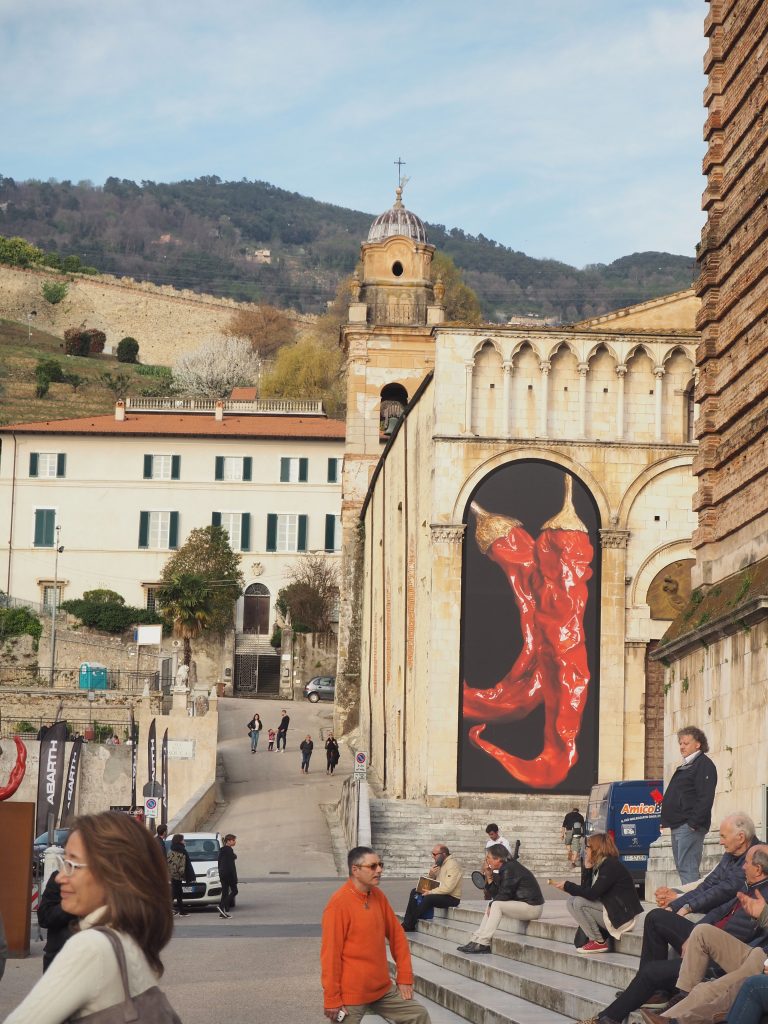
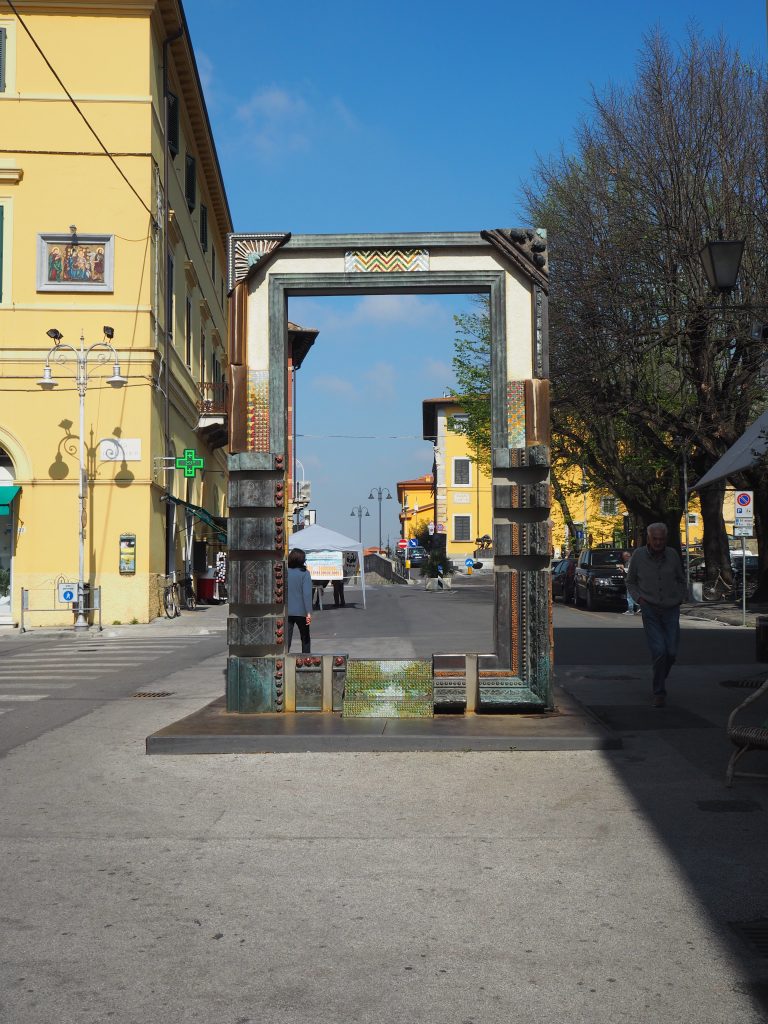
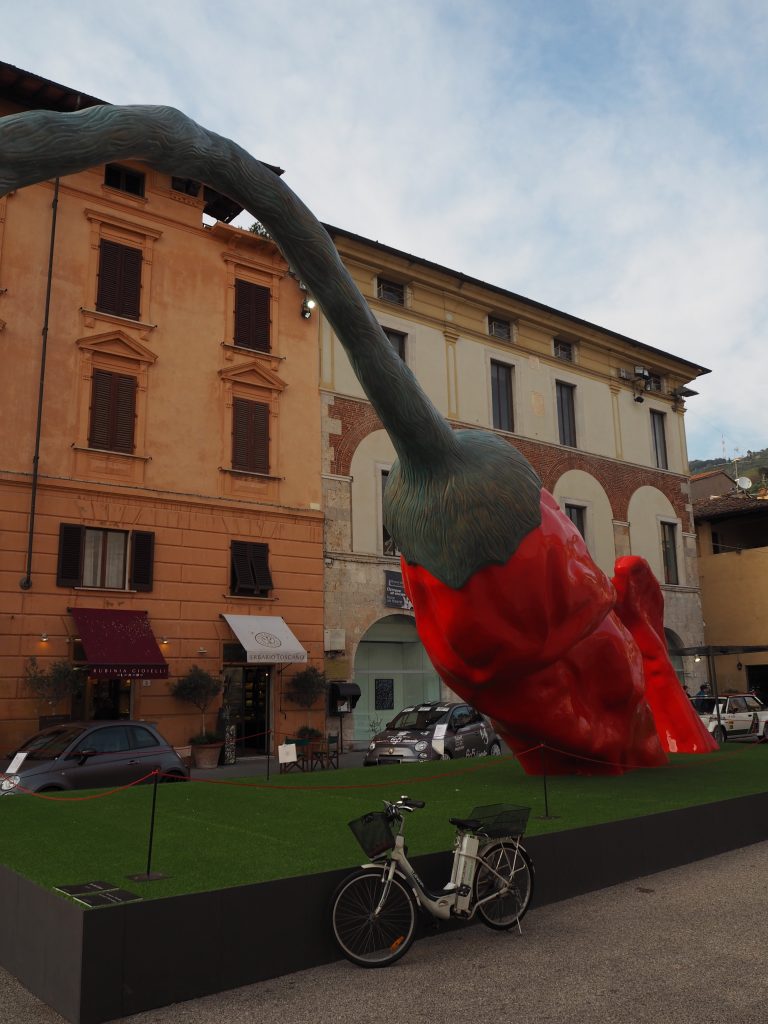
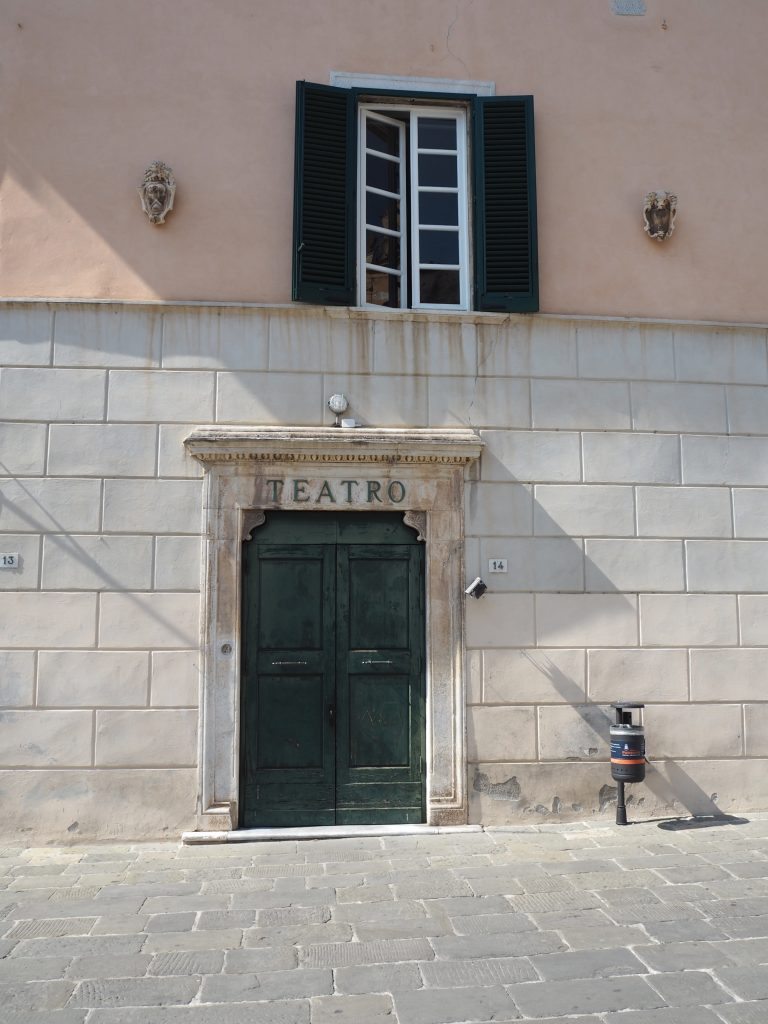
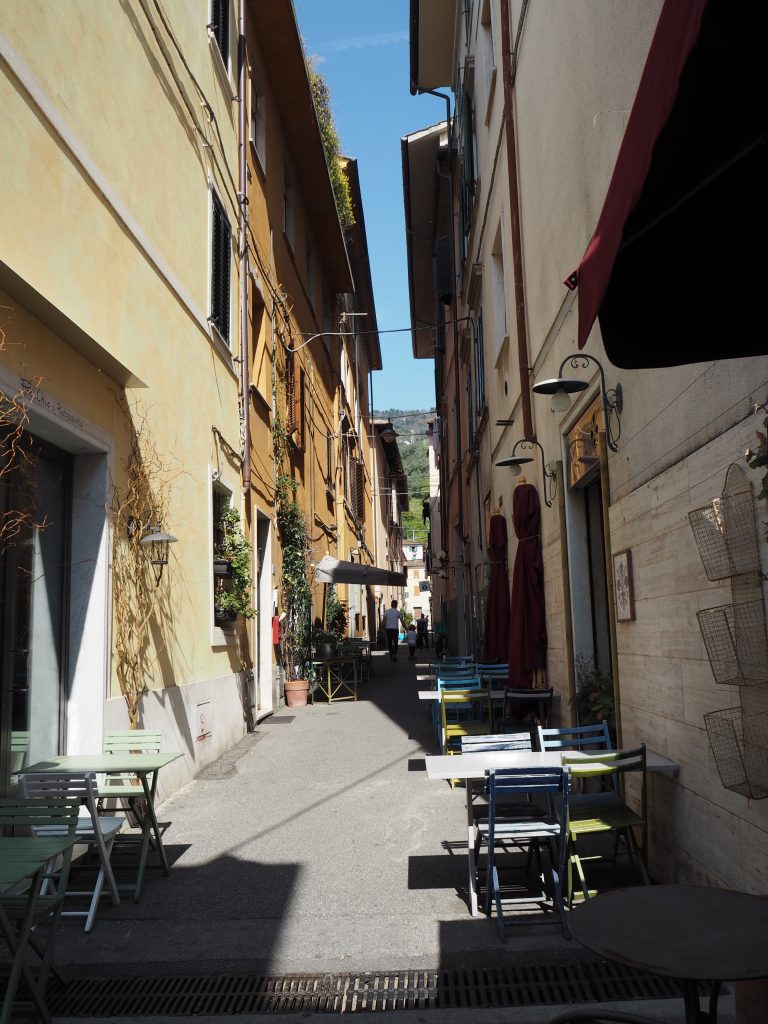
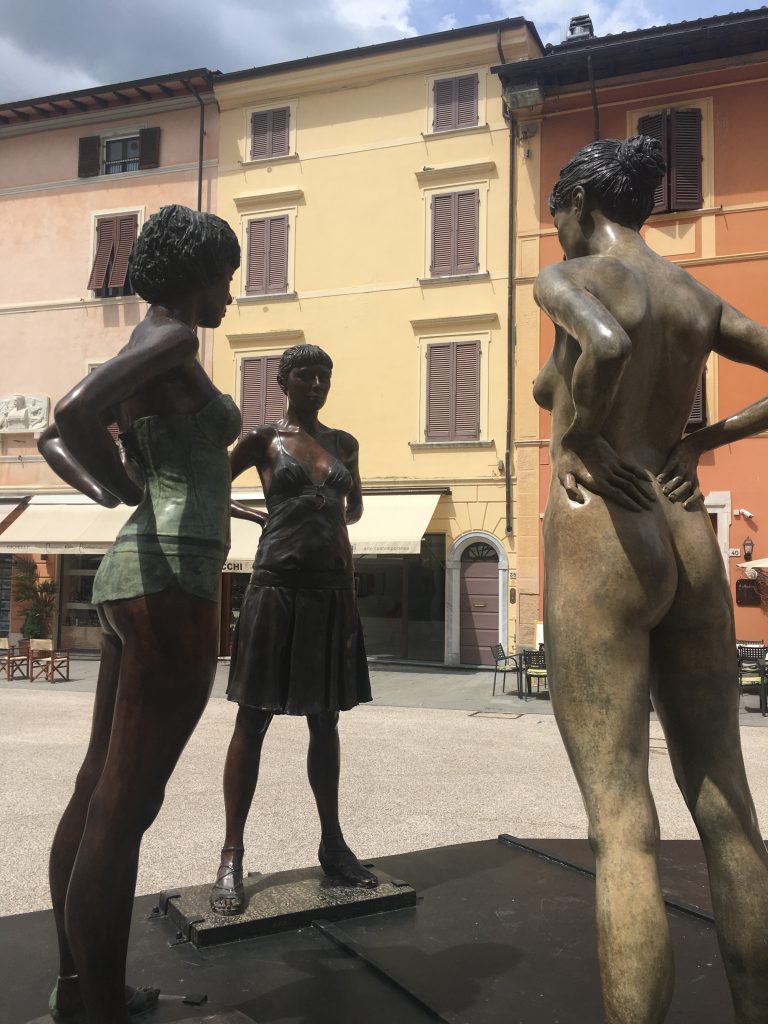
Im thinking to stay in Lucca for 5 nights in September 2021/ Travelling solo, using trains. Would u think Lucca is best or Pietrasanta? I will also be staying in Santa Margherita and Arrezzo…still deciding….thanks. Love your thoughts please
Hi Belinda,
Both Lucca and Pietrasanta are beautiful towns so it’s a tough decision. There is probably more to do in Lucca and it’s a good departure point for day trips to Pisa, Florence and even Pietrasanta. I have a soft spot for Pietrasanta as my sister lived there for more than 15 years and so really love the town. The piazza is beautiful in the evening for an aperitivo, the art galleries and boutiques are gorgeous and there is usually also a very impressive sculpture exhibition in the middle of the piazza. The historical center of the town is literally across the road from the train station too. If you go to Lucca, make sure your rent a bike and ride around the walls – it’s a great way to see the city before or after you have walked within the walls.
I hope this hasn’t confused you – let me know if you have any other questions about your trip!
Ciao,
Lisa
Hi,
I visited Pietrasanta in September 2022. I purchased some adorable marble fruit (small) at a sweet store. Would you happen to know that store? and website – I would love to purchase some more. They also had marble chess sets, bowls, etc
Any help would be amazing!
Thank you